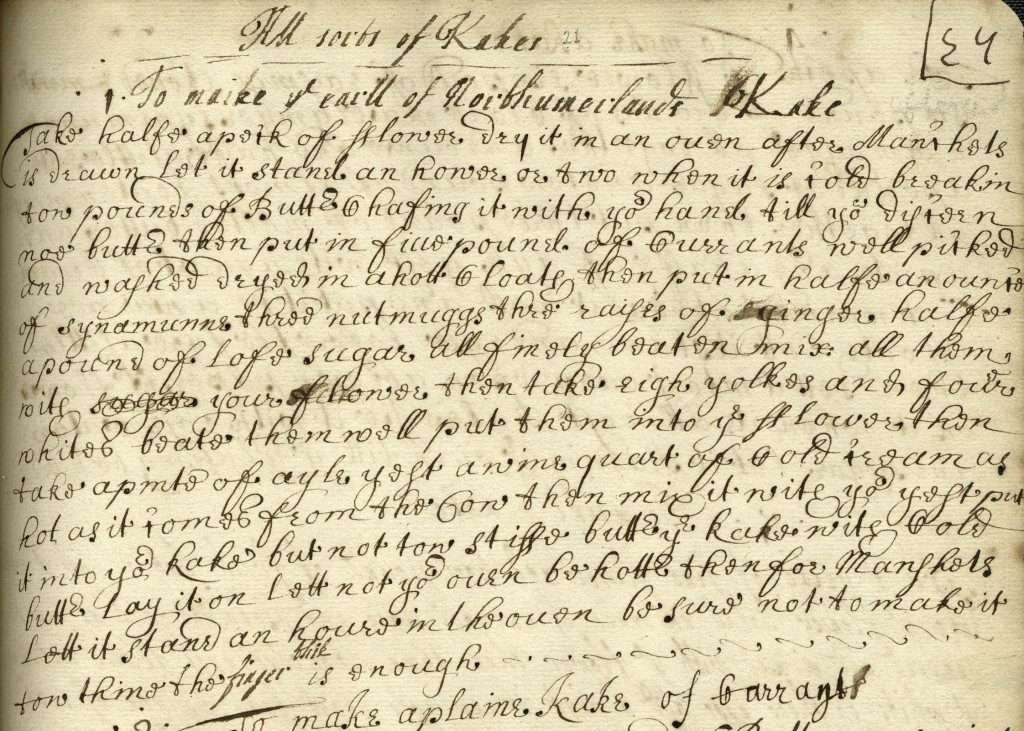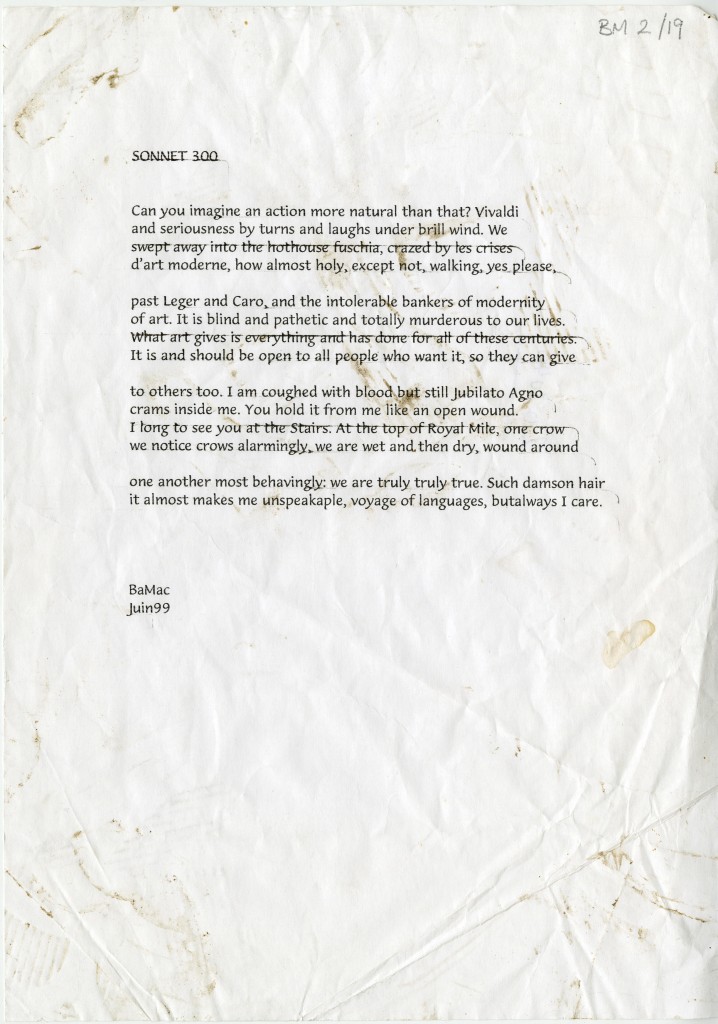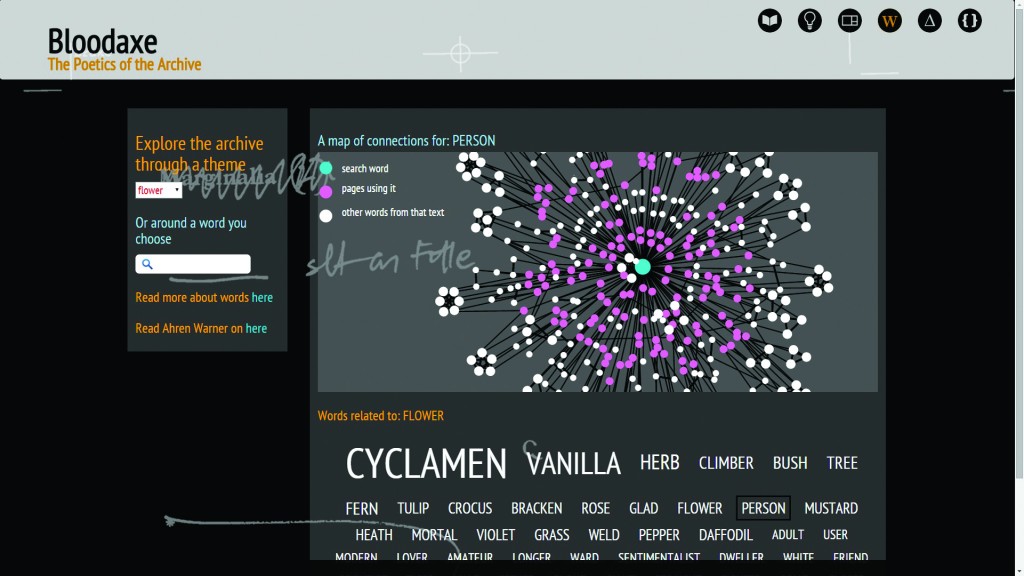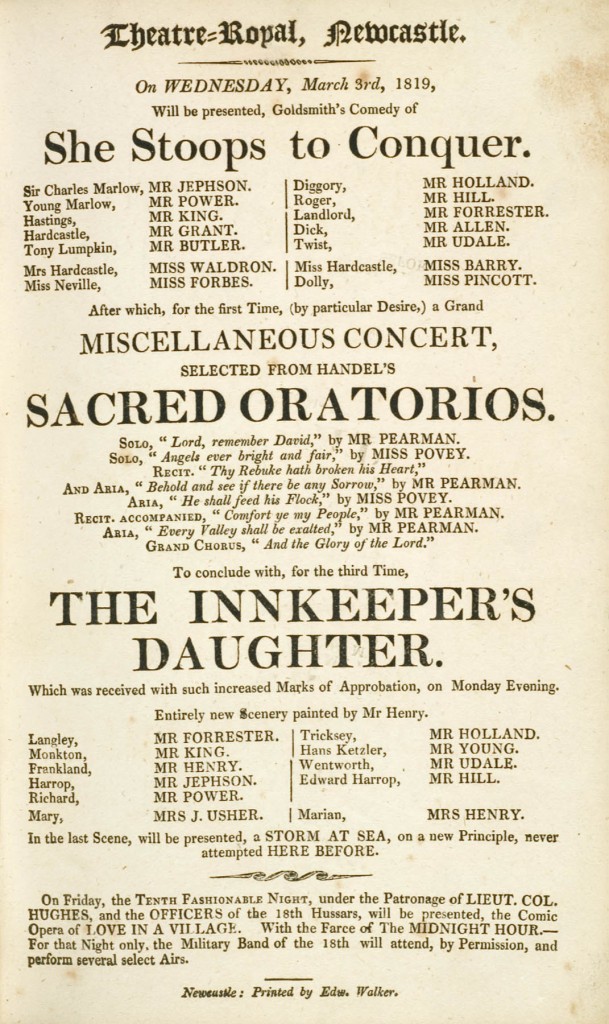31 October 2015 marks the 75th anniversary of the end of the battle of Britain.
The Battle of Britain was an air campaign launched by the German Air Force, Luftwaffe against the UK in the summer and autumn of 1940. Hitler had already swept through France and forced the British army out the European mainland. In order to finally invade Britain, Hitler needed to launch a final air strike to wipe out Britain’s RAF defenses.
Though the RAF Fighter Command had only 640 aircraft against the 2600 aircraft of the Luftwaffe, with the support of Bomber Command and Coastal Command, the RAF were victorious. Nazi Germany turned their attention to bombing British cities in the attack known as The Blitz, but failure in the Battle of Britain forced Hitler to cancel his Operation Sea Lion; an amphibious and airborne invasion of Britain.
In our special collections holdings at Newcastle University we hold the letters of Sir Lawrence Pattinson, an RAF pilot who fought during World War I and World War II. After the outbreak of World War II in 1939, Sir Lawrence was appointed Air Officer Commanding-in-Chief, Training Command and Flying Training Command in April 1940. By January 1945, Sir Lawrence was created Knight Commander of the Order of the British Empire as part of the New Year’s Honors.
This month’s treasure is a letter from Sir Archibald Sinclair thanking Sir Lawrence Pattinson, on behalf of King George VI, for his long and valuable service in the RAF (dated 20th April, 1945).









